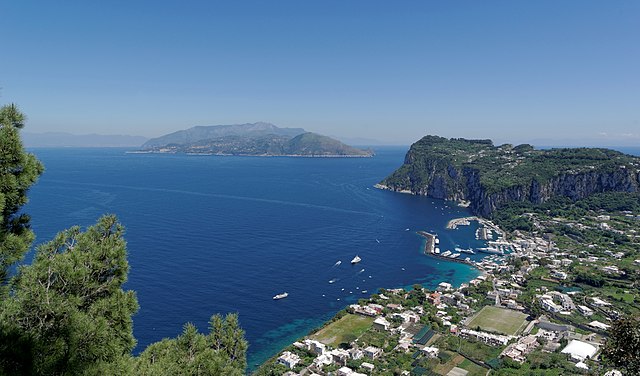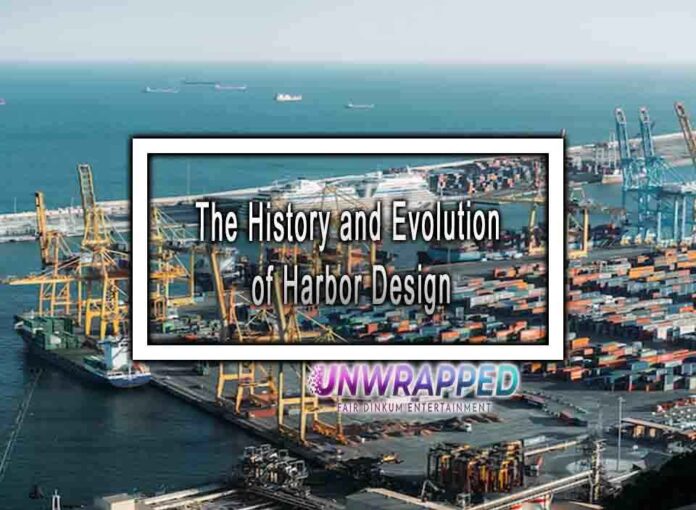The history and evolution of harbor design are intertwined with the development of maritime trade, naval strategies, and advancements in engineering and technology. Over centuries, harbors have evolved from simple natural anchorages to complex and well-designed facilities. Here is a brief overview of the history and evolution of harbor design:
Ancient Harbors:
- Natural Harbors: In ancient times, ships sought shelter in natural harbors, bays, and coves. These harbors provided some protection from storms, but their capacity and amenities were limited.
- Phoenician Harbors: The harbors , known for their maritime prowess, developed some of the earliest artificial harbors by constructing breakwaters and quays. Their designs influenced later harbor development.

Medieval and Renaissance Period:
- Medieval Ports: During the medieval period, European ports and harbors were often simple, with natural elements like rivers, inlets, and estuaries being used as anchorages.
- Venetian Arsenal: In Venice, the Arsenal was a pioneering naval shipyard and depot built in the 12th century. It was one of the first examples of organized, large-scale harbor infrastructure.
Colonial Era:
- Colonial Ports: European colonial powers established ports and harbors in their overseas colonies, improving infrastructure to facilitate trade and military control.
Industrial Revolution:
- Advancements in Docks: The Industrial Revolution saw significant improvements in harbor design. Docks, quays, and breakwaters became more sophisticated and better equipped for handling larger and more complex vessels.
- Canals and Locks: Canals, like the Suez Canal and the Panama Canal, were constructed during this era to connect oceans and facilitate global trade.
Modern Harbors:
- Containerization: The development of standardized shipping containers in the mid-20th century revolutionized the efficiency of harbor operations. Ports adapted to accommodate container ships, which could quickly load and unload cargo.
- Technological Advancements: Modern harbors incorporate advanced technology, such as computerized cargo handling systems, navigational aids, and surveillance equipment for security.
- Environmental Considerations: Contemporary harbor design emphasizes environmental sustainability and mitigation of negative impacts. Strategies like dredging, habitat restoration, and pollution control are integral to modern harbor planning.
- Expansion and Mega-Ports: Major ports around the world have undergone expansion and development to handle the growing volume of international trade. Some have become mega-ports, serving as hubs for global commerce.
- Deepwater Ports: The trend toward larger vessels, including massive container ships and oil tankers, has led to the development of deepwater ports capable of accommodating these giant ships.
- Harbor Modernization: Many existing harbors are undergoing modernization efforts to adapt to changing maritime needs, improve infrastructure, and enhance competitiveness.
- Smart Ports: The concept of smart ports is emerging, integrating technology and data-driven solutions to optimize operations, reduce congestion, and enhance sustainability.
In summary, harbor design has evolved from simple natural anchorages to complex, engineered facilities that are vital for global trade and transportation. The development of harbors reflects advancements in technology, engineering, and logistics, as well as the changing demands of the maritime industry and the need for environmental responsibility. Today, modern harbors are hubs of economic activity and critical nodes in the global supply chain.










